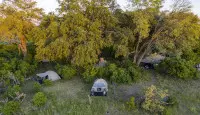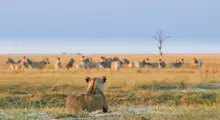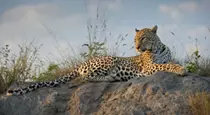The Okavango Delta is one of Botswana’s most iconic yet unexpected phenomena- an alluvial inland Delta that does not feed into the ocean, but rather into the Kalahari Desert. This fascinating maze of lagoons owes its existence to the mighty Okavango River which originates in the Angolan Highlands, flowing through Namibia’s Caprivi Strip and into the arid terrain of the Kalahari. The dramatic wildlife encounters and snaking waterways that fan out far and wide make the Delta one of Africa’s most extraordinary destinations to explore.
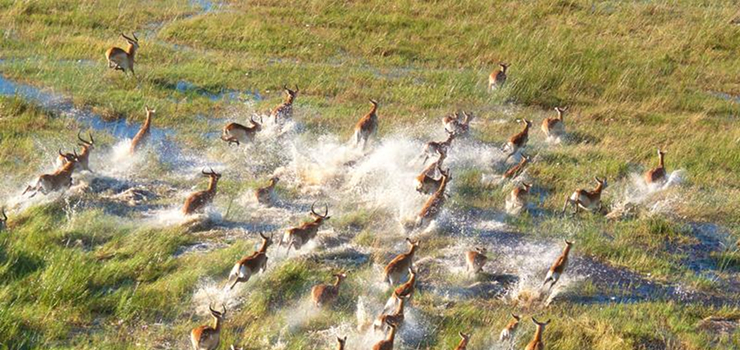
Although all of Botswana’s rainfall happens during the summer months (December to February), the flooding of the Delta occurs during the dry winter months (April and August). This seasonal flooding is due to Angola’s summer rainfall which takes place between January and February. The surge of water coming from the Angolan Highlands spreads roughly 11km wide into a lush panhandle of green reed beds and water channels. It continues to flow for about 100km before slowly making its way towards the shimmering streams of the Delta. The water in the Delta peaks during July and August whilst subsiding again in September.
In 2014, UNESCO officially recognised the Okavango Delta as its 1,000th World Heritage Site due to its unique natural ecosystem and important wildlife areas. The eastern edge of the Delta is protected by the well-known Moremi Game Reserve as well as multiple wildlife concessions within Ngamiland. The Moremi Reserve was officially proclaimed by the BaTawana people in 1963 making it the first wildlife sanctuary to be created by an African tribe in their own area. It was then taken over by Botswana’s Department of Wildlife and National Parks in 1979 and has since been extended to include the majestic Chief’s Island.
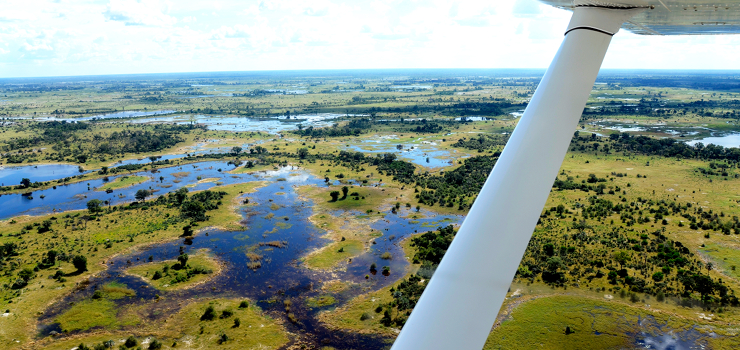
Nestled in the middle of the Delta, Chiefs Island was named so because it was once the only hunting preserve for the local chief. The Island is raised just above water level thanks to tectonic activity, providing an escape to much of the Delta’s wildlife during its annual flooding. As such, Chiefs Island and the Moremi Reserve host some of the country’s most diverse and endangered species including the African wild dog, white and black rhino, hippo, and cheetah.
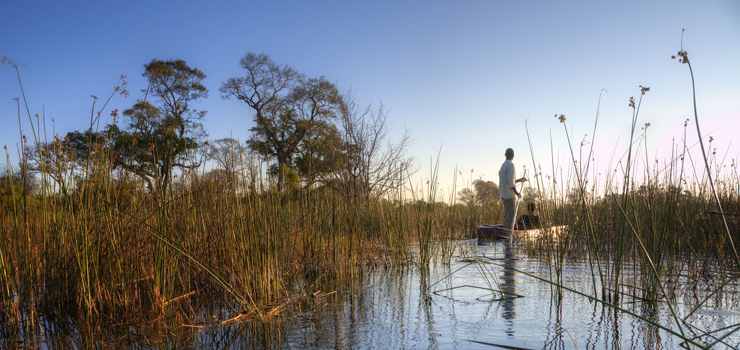
Due to its contrasting environment, the Delta lends itself to an array of activities for all outdoor enthusiasts. Picture yourself navigating your way around the lily-covered canals on a scenic mokoro (traditional dug-out canoes) safari or peacefully floating amongst the clouds in a hot-air balloon whilst you soak up the spectacular views of the Delta from above. Guided game drives, nature walks, and horseback safaris within the Moremi Reserve are also on offer, along with fishing excursions and sunset boat cruises that will make you never want to leave.
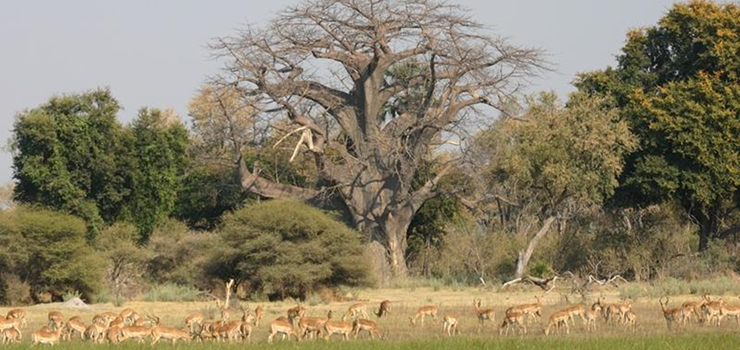
The Delta is home to many of Africa’s most exclusive camps and lodges which focus largely on water & land based safaris. The best time to go is during the dry season, as skies are clear and rain is rare. This season provides the best game-viewing opportunities as the abundance of water pulls in the game from the surrounding dry Kalahari. Moderate temperatures around 25°C/78°F making activities pleasant and comfortable. During the Delta’s wet season the warmer temperatures and lush undergrowth create the perfect environment for the natural world flourish. Bird life is in abundance and spectacular summer skies tower over this green wilderness.
